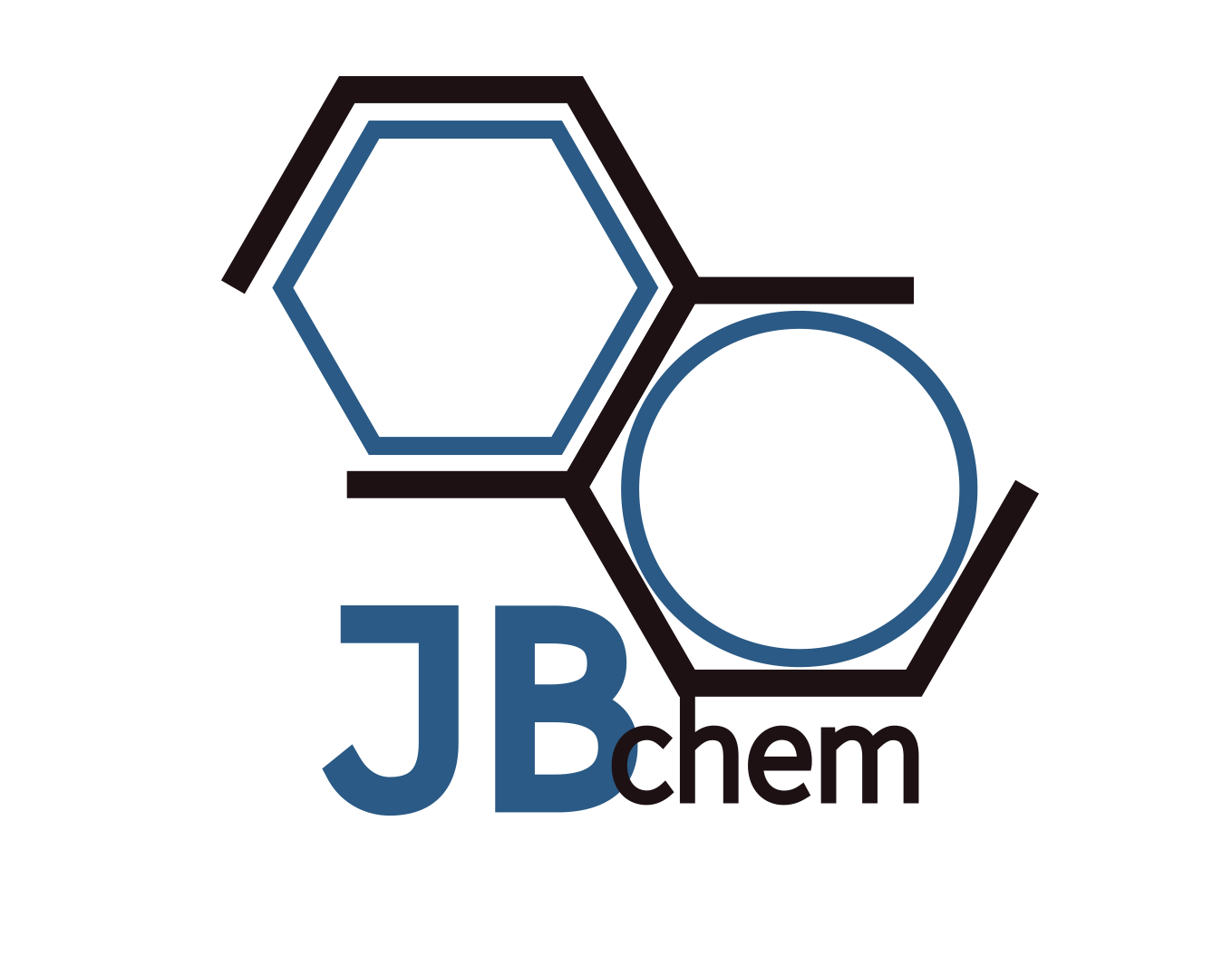Product Properties
Name: Holmium fluoride
Formula: HoF3
CAS No.: 13760-78-6
Molecular Weight: 221.93
Density: 7.64 g/cm3
Melting point: 1143 °C
Appearance: Light yellow powder
Specification of Holmium fluoride
| Product Code: 6743 | Standard Specification | Typical Analysis | Inspection Methods |
| Grade | 99.99% | 99.99% | |
| CHEMICAL COMPOSITION | |||
| Ho2O3 /TREO (% min.) | 99.99 | 99.99 | |
| TREO (% min.) | 82 | 82 | Volumetric Method |
| Rare Earth Impurities | ppm max. | ppm | |
| Tb4O7/TREO Dy2O3/TREO Er2O3/TREO Tm2O3/TREO Yb2O3/TREO Lu2O3/TREO Y2O3/TREO | 10 20 50 10 10 10 10 | 6 20 30 5 5 5 11 | ICP-Atomic Emission Spectrographic |
| Non-Rare Earth Impurities | ppm max. | ppm | |
| Fe2O3 SiO2 CaO Cl- | 400 1000 500 100 | 350 900 450 100 | SpectrographicAtomic Absorption Spectrographic |
Application of Holmium fluoride
Nuclear Reactors: Due to its ability to absorb thermal neutrons, holmium fluoride can be considered for use in nuclear technology, including as a part of control rods or other neutron-absorbing components in nuclear reactors. This application takes advantage of the high neutron capture cross-section of holmium.
Magnetic Materials: The magnetic properties of holmium can be leveraged in the synthesis of advanced magnetic materials. While holmium fluoride itself may not be directly used in magnetic applications, its role as a precursor in the preparation of holmium-containing alloys and compounds is valuable for developing magnets with specific high-performance characteristics.
Catalysis: In the field of catalysis, holmium fluoride can act as a catalyst or a catalyst support material for a variety of chemical reactions. Its unique electronic structure can facilitate or enhance catalytic processes, although this application is more niche compared to its optical uses.
Phosphors and Luminescence: Holmium-doped materials, prepared using holmium fluoride, can serve as phosphors that emit light under certain conditions. These materials are explored for their potential in lighting, display technologies, and as markers in biological research due to their distinctive luminescent properties.

